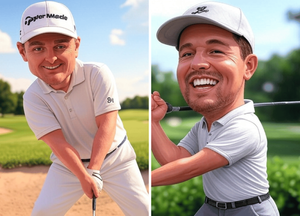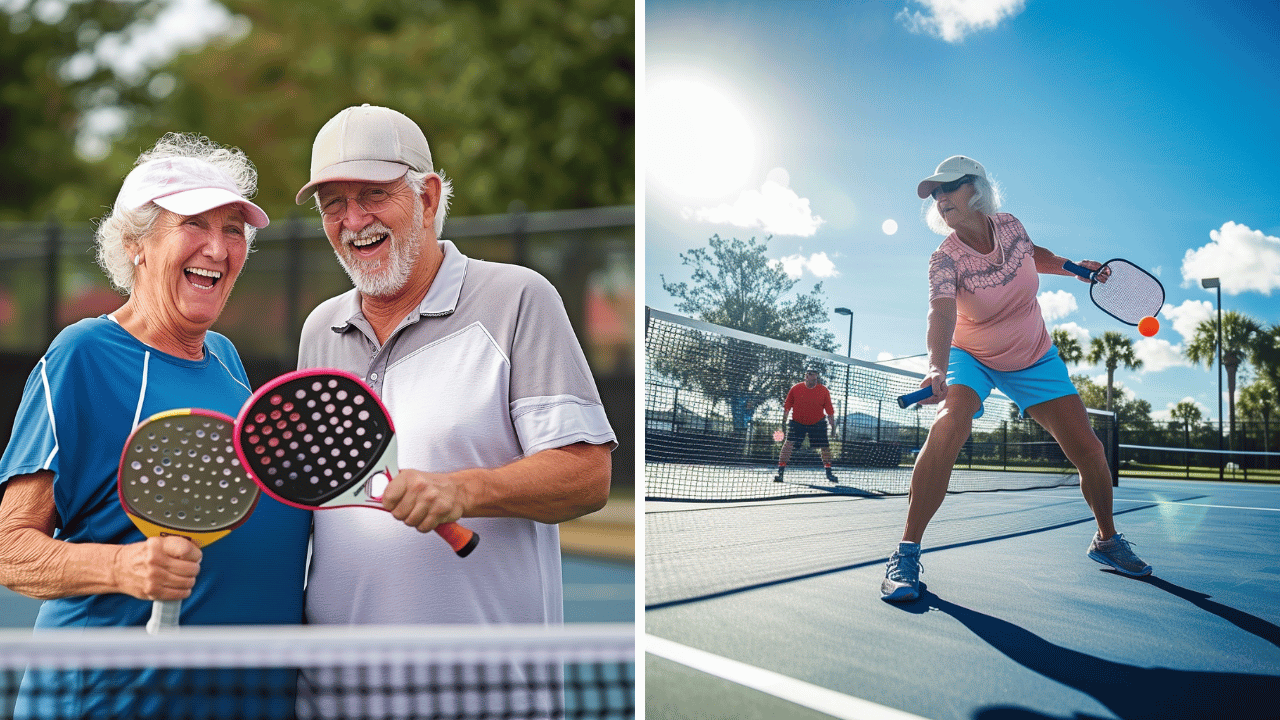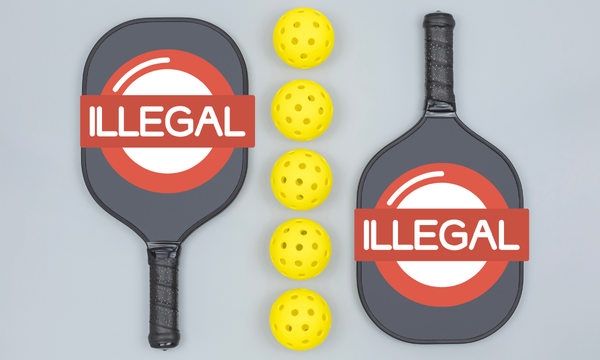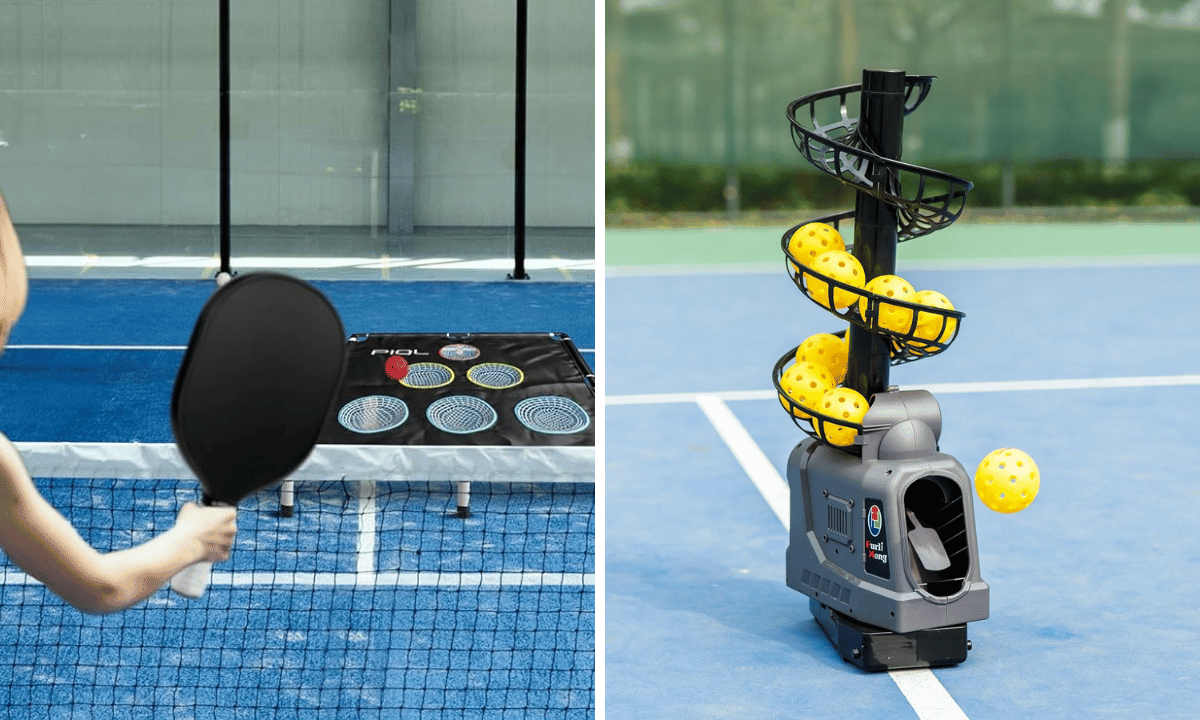Pickleball is a fun sport that's taking the world by storm, offering a unique blend of excitement and low-impact exercise. Whether you're a tennis enthusiast, looking for a new way to stay active, or just curious about this fast-growing sport, you've come to the right place.
In this article, we'll explore the joy of pickleball, its benefits, and how to prevent the most common chronic injuries that players may encounter on the pickleball court.
Key Summary
- Combination of tennis, badminton, and ping pong on smaller courts.
- Played with a whiffle ball and a solid paddle.
- Fosters camaraderie and fun on the court.
- The object is to win points and not always by using more force.
- Physical Benefits:
Engages core muscles, improving abdominal and lower back strength.
- Enhances shoulder mobility and flexibility.
- Promotes hip mobility through lateral movements.
- Provides a cardiovascular workout for heart health.
- Balances aerobic and anaerobic activity to reduce muscle soreness.
- Common Chronic Injuries:
Muscle strains due to sudden movements or overexertion.
- Shoulder injuries from overhead shots and repetitive motions.
- Lower back pain caused by poor spine and pelvic alignment.
- Intervertebral disc issues due to repetitive movements.
- Playing Safely:
Learn correct form through lessons or coaching.
- Prioritize warm-up and cool-down routines.
- Wear appropriate court shoes for grip and support.
- Stay hydrated to prevent muscle cramps.
- Take breaks and listen to your body.
- Consider playing doubles for a gentler experience.
- Conclusion:
Embrace pickleball for its fun and fitness benefits.
- Stay injury-free by following safety tips.
- Enjoy the game while improving physical health and well-being.
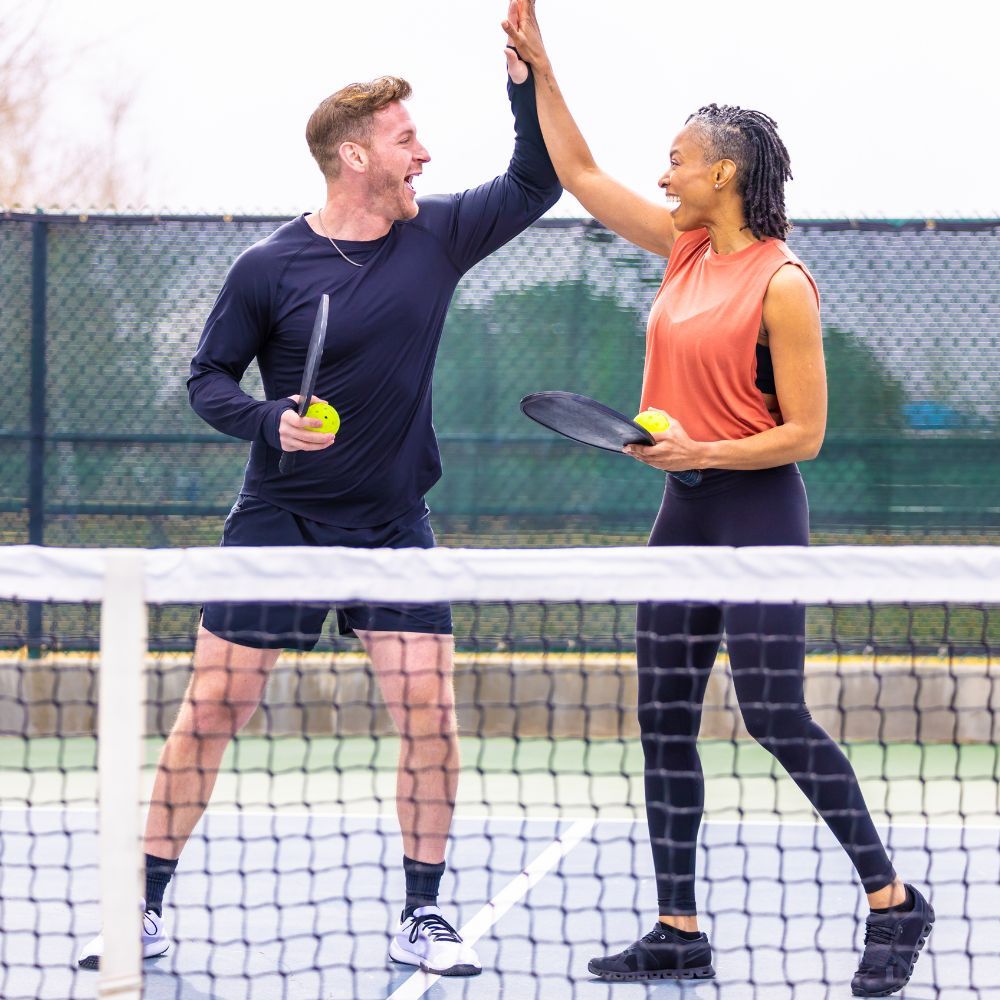
The Pickleball Phenomenon
Pickleball, often described as a combination of tennis, badminton, and ping pong, is typically played on a smaller court than tennis courts which is a physical activity.
The game involves using a whiffle ball and a solid paddle, making it accessible for players of all ages and skill levels. But what makes pickleball truly special is the sense of camaraderie and fun that it brings to the court.
The Basics of Pickleball
Before diving into the physical aspects, let's quickly cover the basics of pickleball. The game is usually played on a pickleball court, which is similar in size to a doubles tennis court but with a few unique rules.
Players form teams of two or four and take turns serving and returning the ball, aiming to score points while following proper etiquette.
The Physical Benefits of Pickleball
One of the reasons pickleball is gaining popularity so rapidly is its numerous health benefits. It provides an enjoyable way to stay physically active, improve your fitness, and engage various muscle groups. Let's explore how playing pickleball can benefit your body:
Engaging Core Muscles
Playing tennis or pickleball requires a good amount of twisting and turning. These movements engage your core muscles, helping to strengthen your abdomen, obliques, and lower back muscles. A strong core is not only essential for sports performance but also for maintaining good posture and preventing back pain.
Boosting Shoulder Mobility
Regularly playing pickleball can improve your shoulder mobility and flexibility. The overhead shots in pickleball demand a wide range of motion in your shoulder joints. Over time, this can help increase your shoulder flexibility and reduce the risk of shoulder injuries.
Enhancing Hip Mobility
The lateral movements in pickleball also contribute to better hip mobility. Side-to-side steps and lunges on the court help improve hip flexibility, which is crucial for overall mobility core strength, and balance.
Improving Cardiovascular Health
Like tennis, pickleball is a physically demanding sport. Playing singles or doubles can get your heart rate up and provide an excellent cardiovascular workout. Regular play can help lower your risk of heart disease and improve your overall cardiovascular health.
Preventing Muscle Soreness
Pickleball offers a balanced mix of aerobic and anaerobic activities. This balance can help reduce the likelihood of post-game muscle soreness. However, it's still essential to warm up properly and stretch before hitting the pickleball court to prevent injury.
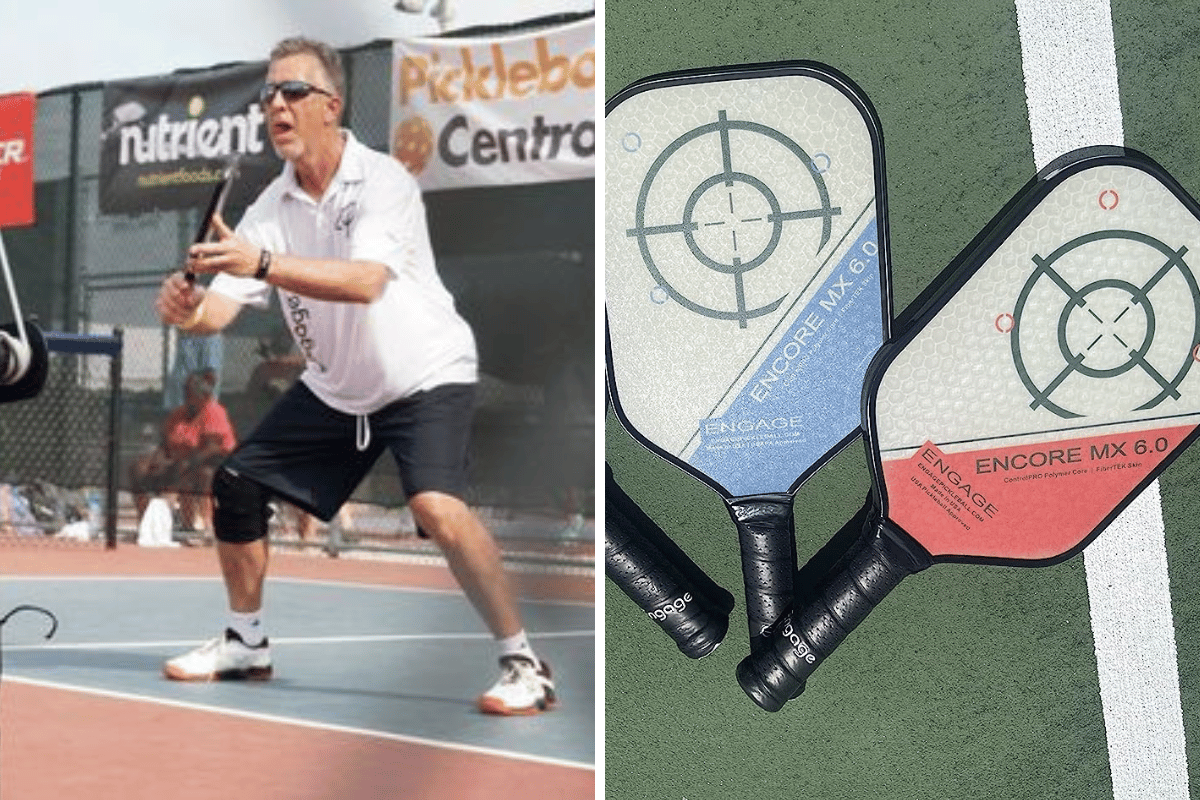
Common Chronic Injuries in Pickleball
While pickleball is generally a low-impact sport, it's not without its risks. Players can still experience injuries, especially if they neglect proper form and conditioning. Let's explore some of the most common chronic injuries seen in pickleball and how to prevent them.
1. Muscle Strains
Muscle strains, such as hamstring or calf strains, can occur when players make sudden movements or overexert themselves without proper warm-up. To prevent muscle strains, make sure to stretch and warm up your legs adequately before playing pickleball. Incorporating weight training into your routine can also help strengthen your muscles and reduce the risk of strains.
2. Shoulder Injuries
Shoulder injuries are relatively common in racket sports like pickleball. Overhead shots and repetitive movements can lead to shoulder pain and discomfort. To maintain shoulder mobility and prevent injuries in most racket sports, consider shoulder-specific exercises and stretches. Proper racket grip and shot techniques can also reduce the strain on your shoulders.
3. Lower Back Pain
Poor spine and pelvic alignment can lead to lower back pain in pickleball players. You want to avoid back surgery so maintaining an upright position, engaging your core, and avoiding excessive lean forward can help prevent lower back discomfort. If low back pain persists, consult with a physical therapist for guidance on improving your posture and relieving pain.
4. Intervertebral Discs Issues
The repetitive movements in pickleball can put pressure on intervertebral discs, potentially leading to disc-related problems. To protect your spine, focus on core strengthening exercises and maintaining proper form. Pay attention to your posture and avoid overexertion.
pickleball paddles
Playing Safely on Pickleball Courts
To ensure your safety and enjoy pickleball to the fullest, follow these tips:
1. Learn Correct Form
Proper form is essential in pickleball. Take lessons from experienced players or coaches to learn the correct techniques for serving, returning, and volleying. This good form will not only improve your game but also reduce the risk of injury.
2. Warm-Up and Cool Down
Before and after each game, invest time in warming up and cooling down. Stretching and gentle warm-up exercises prepare your body for play, while post-game stretching helps prevent muscle soreness.
3. Use Appropriate Footwear
Invest in proper court shoes with good grip to prevent slips and falls on the pickleball court. Well-fitting footwear can also reduce the strain on your feet, knees, and ankles.
4. Stay Hydrated
Pickleball can be physically demanding, so remember to stay hydrated. Dehydration can lead to muscle cramps and decreased performance.
5. Take Breaks
Don't overexert yourself. Take breaks during extended play to rest and recover. Listen to your body and avoid pushing through pain.
6. Consider Playing Doubles
If you're concerned about the physical demands of pickleball, consider playing doubles instead of singles. Doubles play typically involves less running and may be gentler on your body.
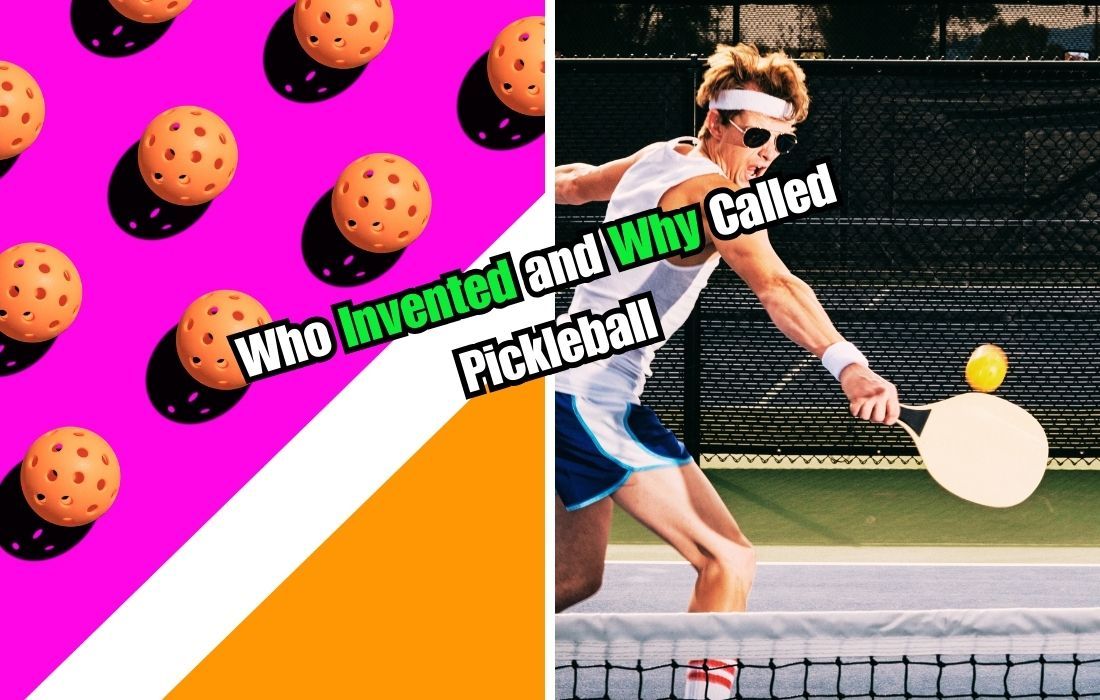
SwagScale Conclusion
Pickleball is undoubtedly a fun sport that offers an enjoyable way to exercise and stay physically active. By engaging core muscles, improving shoulder, pelvic tilt, and hip mobility, and promoting cardiovascular health, pickleball provides numerous fitness benefits. However, it's essential to be mindful of common chronic injuries and take steps to prevent them.
By learning the correct form, warming up properly, using appropriate footwear, staying hydrated, and listening to your body, you can make the most of your pickleball experience while minimizing the stress and risk of injury.
So, grab your paddle, head to the pickleball courts, and have a blast while staying fit and injury-free in this fantastic sport!
Your Pickleball Players Guru,
Kim

Frequently Asked Questions
What is pickleball, and how does it differ from tennis?
- Pickleball is a racquet sport that combines elements of tennis, badminton, and ping pong. It is typically played on a smaller court than tennis, using a whiffle ball and solid paddles. Unlike tennis, pickleball emphasizes shorter rallies and is often played as a doubles game.
Is pickleball suitable for all age groups and skill levels?
- Yes, one of the great things about pickleball is its accessibility. It can be enjoyed by people of all ages and skill levels. The smaller court size and lighter equipment make it easy for beginners to pick up, while advanced players can enjoy the strategic elements of the game.
What are the physical benefits of playing pickleball?
- Playing pickleball engages core muscles, improves shoulder and hip mobility, and provides a cardiovascular workout. It can help strengthen abdominal and lower back muscles, enhance shoulder flexibility, and increase hip mobility. Additionally, it offers a fun way to maintain good cardiovascular health.
What are some commonchronic conditions or injuries associated with pickleball?
- Common injuries in pickleball include muscle strains, especially in the hamstrings or calves, shoulder injuries due to overhead shots, lower back pain from poor posture, and issues with intervertebral discs from repetitive movements. You can get physical therapy to help with this.
Preventing injury while playing pickleball?
- To prevent injuries, follow proper form and technique by taking lessons or coaching. Prioritize warm-up and cool-down routines, wear suitable court shoes for good grip, stay hydrated to prevent muscle cramps, take breaks, and consider playing doubles for a gentler experience.
Can pickleball help with improving overall fitness?
- Yes, pickleball is an excellent way to improve overall fitness. It combines aerobic and anaerobic activities, engages various muscle groups, and offers cardiovascular benefits. It's a fun and effective way to stay active and healthy.
How do I get started with pickleball if I'm new to the sport?
- To get started, find a local pickleball court or club, where you can rent equipment or receive guidance from experienced players. Taking a beginner's class or finding a pickleball partner can also be a great way to start your pickleball journey.
Is pickleball the fastest-growing sport in the United States?
- Yes, pickleball has gained significant popularity in recent years and is often cited as one of the fastest-growing sports in the United States. Its accessibility and fun gameplay have attracted players of all ages, contributing to its rapid growth.


